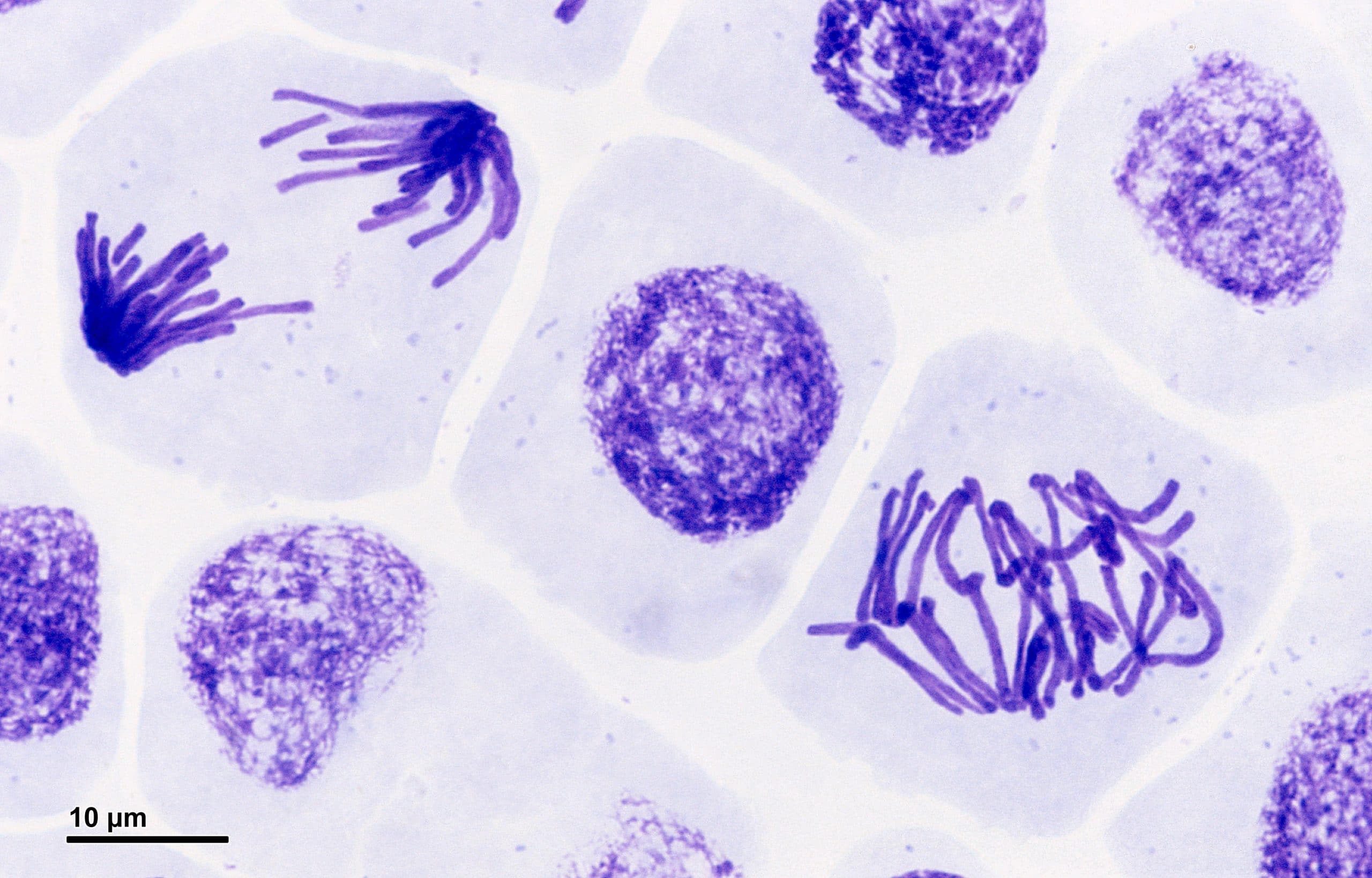
Theodor and Marcella Boveri: Chromosomes and cytoplasm in heredity and development. Walther Flemming: Pioneer of mitosis research. At the heart of the chromosome: SMC proteins in action. Condensin and cohesin: More than chromosome compactor and glue. Chromosome territories, nuclear architecture and gene regulation in mammalian cells. Nature Reviews Molecular Cell Biology 9, 33–46 (2008) doi:10.1038/nrm2310 ( link to article)Ĭremer, T., & Cremer, C. Molecular architecture of the kinetochore-microtubule interface. At the end of prometaphase, chromosomes have a bi-orientation, meaning that the kinetochores on sister chromatids are connected by microtubules to opposite poles of the spindle.Ĭheeseman, I. Sister chromatids do not break apart during this tug-of-war because they are firmly attached to each other by the cohesin remaining at their centromeres. As prometaphase ensues, chromosomes are pulled and tugged in opposite directions by microtubules growing out from both poles of the spindle, until the pole-directed forces are finally balanced. Microtubules rapidly assemble and disassemble as they grow out of the centrosomes, seeking out attachment sites at chromosome kinetochores, which are complex platelike structures that assemble during prometaphase on one face of each sister chromatid at its centromere. Prometaphase is an extremely dynamic part of the cell cycle. Because the centrosomes are located outside the nucleus in animal cells, the microtubules of the developing spindle do not have access to the chromosomes until the nuclear membrane breaks apart. The breakdown of the nuclear membrane is an essential step for spindle assembly. Prometaphase begins with the abrupt fragmentation of the nuclear envelope into many small vesicles that will eventually be divided between the future daughter cells. For the most part, only cells that have successfully copied their DNA will proceed into mitosis. At the end of S phase, cells are able to sense whether their DNA has been successfully copied, using a complicated set of checkpoint controls that are still not fully understood. Current data suggest that cohesin complexes may literally form circles that encompass the two sister chromatids (Hirano, 2002 Hagstrom & Meyer, 2003). SMC proteins are DNA-binding proteins that affect chromosome architectures indeed, cells that lack SMC proteins show a variety of defects in chromosome stability or chromosome behavior. Cohesin is a member of the SMC, or structural maintenance of chromosomes, family of proteins. The sister chromatids, in turn, become "glued" together by a protein complex named cohesin. As the two daughter DNA strands are produced from the chromosomal DNA during S phase, these daughter strands recruit additional histones and other proteins to form the structures known as sister chromatids (Figure 2). In addition, chromosomal DNA is duplicated during a subportion of interphase known as the S, or synthesis, phase.

For this reason, the enzyme complexes that copy DNA have the greatest access to chromosomal DNA during interphase, at which time the vast majority of gene transcription occurs. A precise estimate of the difference is not possible, but during interphase, chromatin may be hundreds or even thousands of times less condensed than it is during mitosis. The difference in DNA compaction between interphase and mitosis is dramatic. With very few exceptions, mitosis occupies a much smaller fraction of the cell cycle than interphase. Today, scientists know that Flemming had successfully distinguished chromosomes in the interphase portion of the cell cycle from chromosomes undergoing mitosis, or the portion of the cell cycle during which the nucleus divides (Figure 1). (We still use the word "chromatin" today, albeit in a more biochemical sense to refer to complexes of nuclear DNA and protein.) Specifically, in some cells, chromatin appeared as an amorphous network, although in other cells, it appeared as threadlike bodies that Flemming named "mitosen." Based on his observations, Flemming had the insight to propose that chromatin could undergo reversible transformations in cells. In his pioneering studies of mitosis, Flemming noted that the nuclear material, which he named " chromatin" for its ability to take up stains, did not have the same appearance in all cells.


 0 kommentar(er)
0 kommentar(er)
